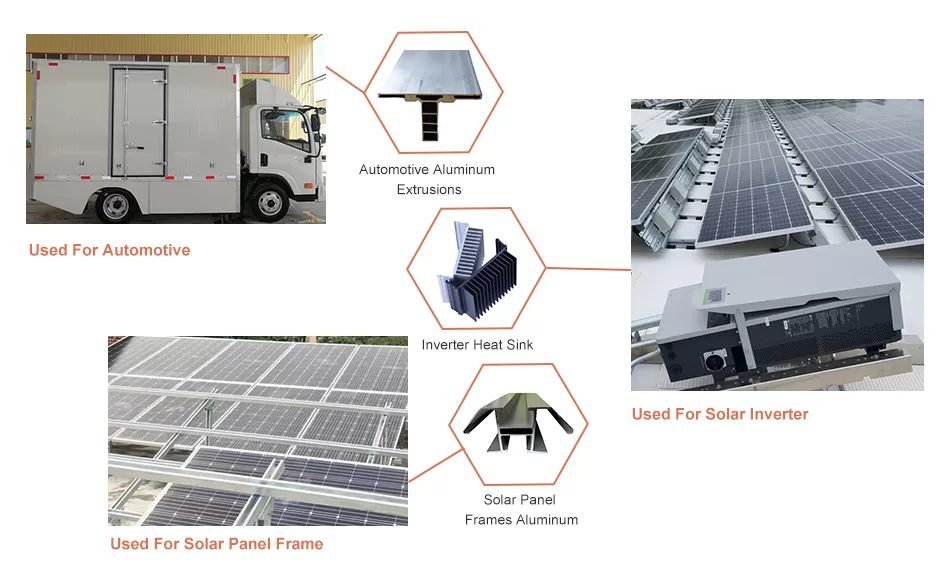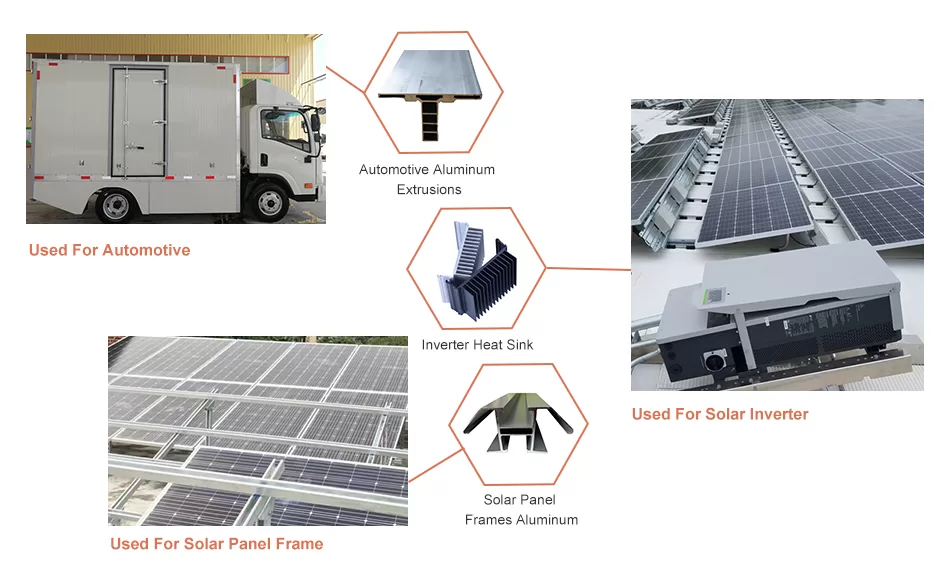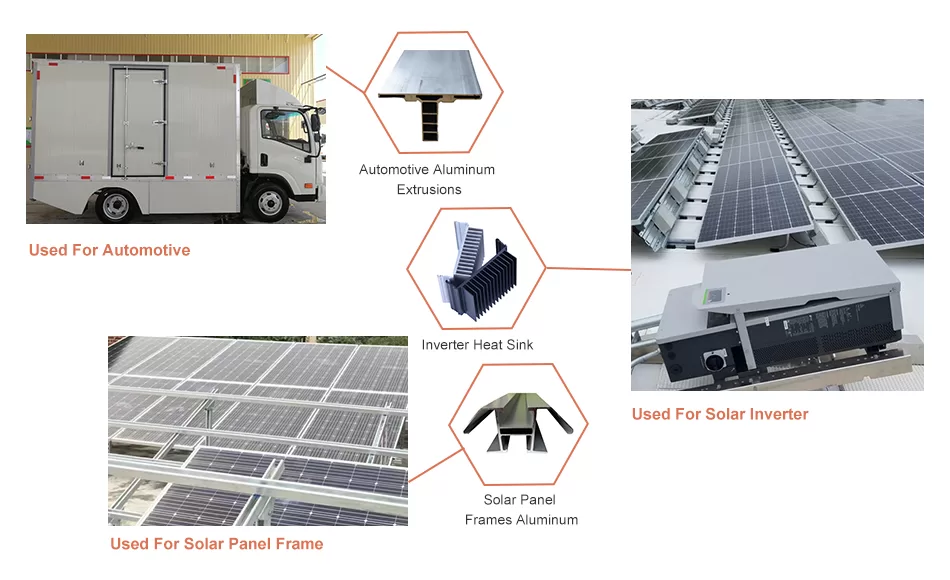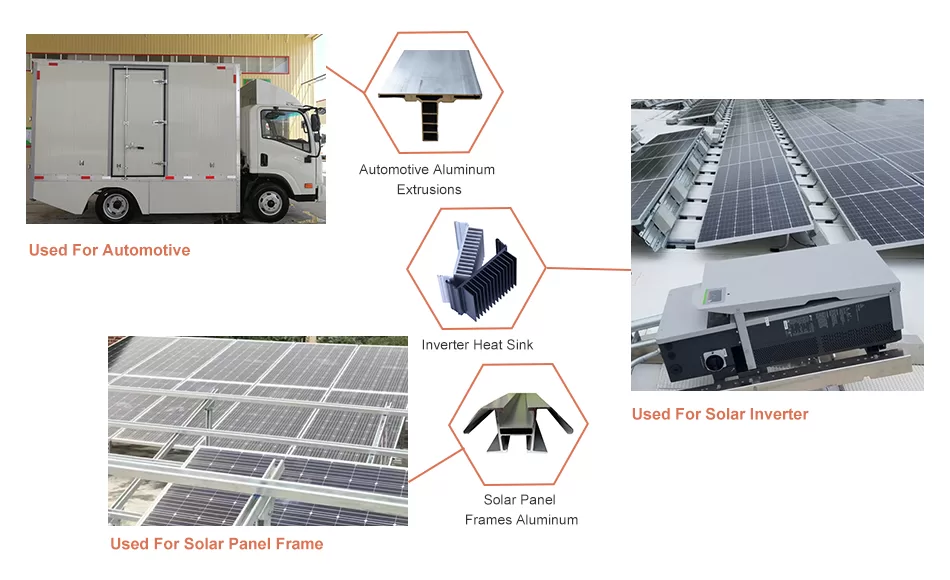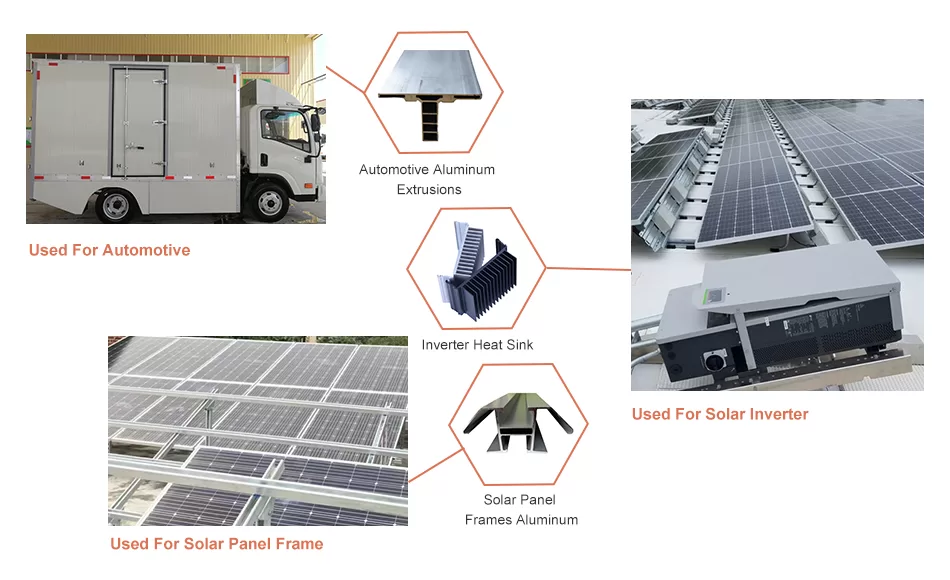In the realm of renewable energy, solar panels have emerged as a pivotal technology, harnessing the sun’s boundless power to generate clean and sustainable electricity. Aluminium profiles, the supporting framework that holds solar panels in place, play a crucial role in their structural integrity, durability, and performance. As the solar industry rapidly evolves, so too are the trends in solar panel aluminium profiles. Here are some of the key trends shaping this vital component:
Enhanced Durability
Solar panel systems are exposed to harsh environmental conditions, including extreme temperatures, heavy winds, and corrosive elements. To ensure long-term performance, aluminium profiles are engineered with enhanced durability. Anodized coatings, powder coatings, and other surface treatments protect the profiles from corrosion, while high-strength alloys withstand mechanical stress and deformation.
Lightweight and Robust
Aluminium profiles are inherently lightweight, reducing the overall weight of solar panel systems. This facilitates easier handling, transportation, and installation, especially on rooftops or other elevated structures. Despite their lightweight nature, aluminium profiles maintain exceptional robustness, providing ample support for solar panels and resisting bending or warping under load.
Optimized Thermal Dissipation
Solar panels generate heat during operation, which can affect their efficiency and lifespan. Aluminium profiles with efficient thermal dissipation properties help regulate the operating temperature of solar panels. Heat sinks and fins incorporated into the profiles facilitate heat transfer, preventing excessive temperatures that could compromise cell performance and longevity.
Improved Aesthetics
Solar panel systems are increasingly being integrated into architectural designs, where aesthetics play a significant role. Aluminium profiles are available in a range of colors, textures, and finishes, allowing for customization to complement the surrounding environment. From sleek anodized profiles to textured powder-coated surfaces, solar panel aluminium profiles enhance the visual appeal of these renewable energy systems.
Sustainability and Circularity
Environmental consciousness is driving the adoption of sustainable materials in solar panel aluminium profiles. Recycled aluminium is used in manufacturing, reducing the carbon footprint of production. Additionally, aluminium profiles are highly recyclable at the end of their life cycle, promoting circular economy principles and minimizing waste.
Technological Advancements
Research and development are constantly pushing the boundaries of solar panel aluminium profiles. Innovations include profiles with integrated sensors for real-time monitoring of system performance, profiles with built-in wiring channels for streamlined electrical connections, and profiles designed for specific solar panel technologies, such as bifacial or flexible panels.
Conclusion
Solar panel aluminium profiles are undergoing significant advancements, driven by the increasing demand for renewable energy solutions. Enhanced durability, lightweight construction, optimized thermal dissipation, improved aesthetics, sustainability, and technological innovations are shaping the future of these vital components. As the solar industry continues to grow, solar panel aluminium profiles will play an increasingly important role in maximizing the efficiency, reliability, and visual appeal of solar panel systems.
